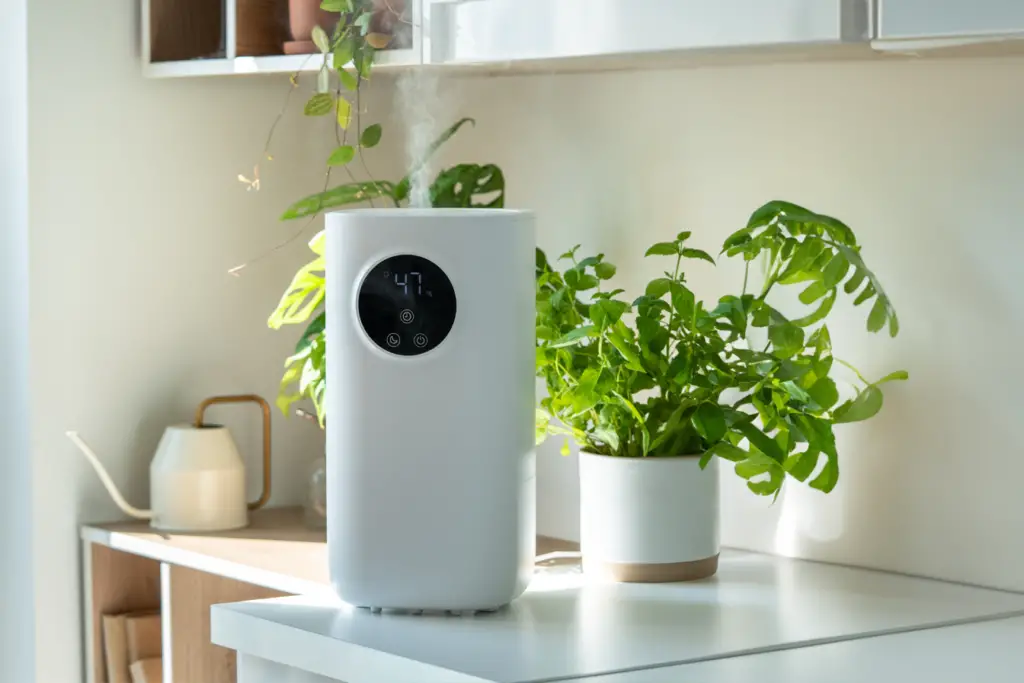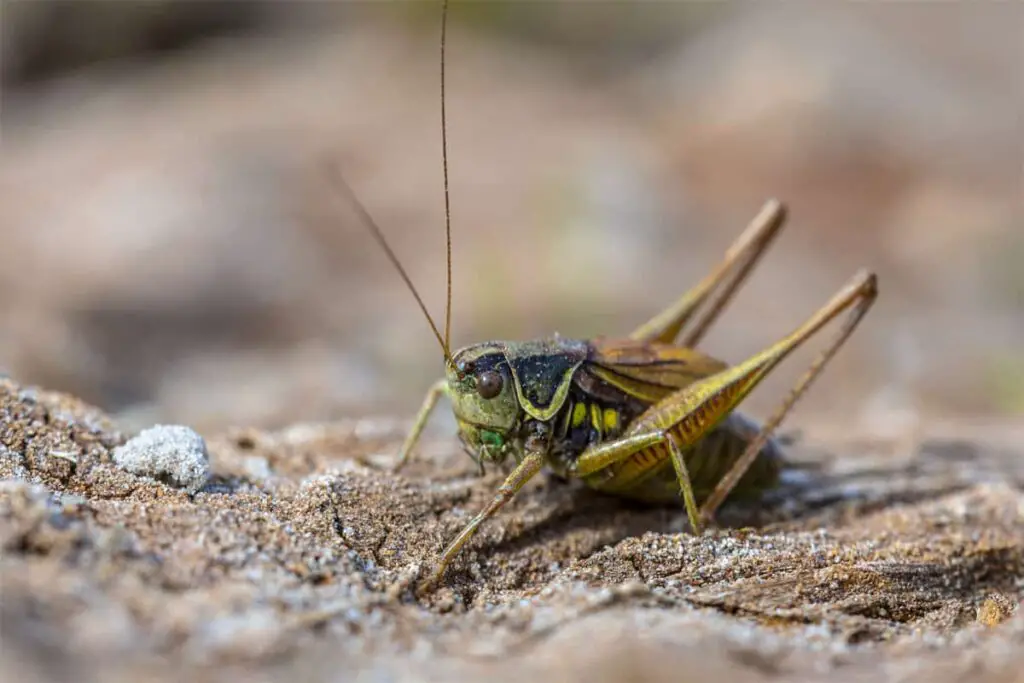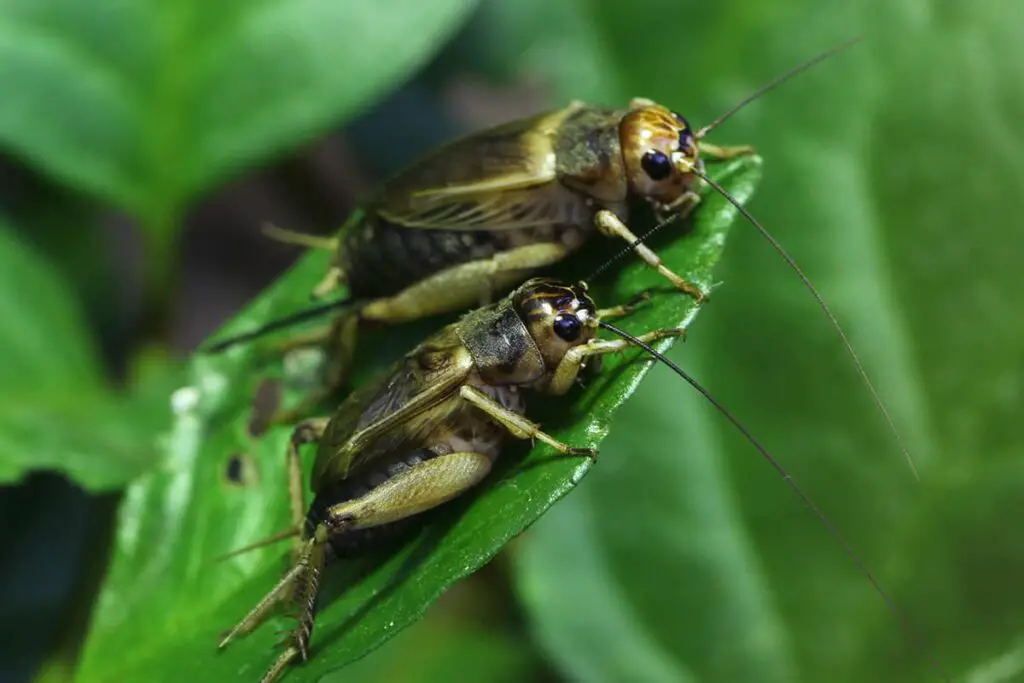
When cultivating a healthy cricket colony, whether for pet food, bait, or breeding, maintaining their environment is crucial for their survival and well-being. One of the key factors in this habitat is the humidity level. Crickets tend to thrive in environments where the humidity is just right, ensuring they stay hydrated and active.
The optimal humidity level for crickets is typically between 50% and 70%. At this range, crickets can effectively maintain their body moisture without the risks that come from environments that are too damp or too dry. A low-humidity setting, under 50%, may lead to dehydration, while high humidity could foster mold growth and bacterial infections, which can be detrimental to cricket health. Keeping your crickets at the correct humidity level helps in preventing these issues, contributing to a thriving cricket population.
Understanding Humidity Levels
When you’re raising crickets, maintaining the right humidity level is crucial for their health and successful breeding. Let’s get specific about what exactly humidity is and why it matters for your crickets.
Humidity Basics
Humidity refers to the amount of water vapor in the air. It’s usually expressed as a percentage, indicating the level of moisture relative to the highest amount the air can hold at a particular temperature. Relative Humidity (RH) is the term you’ll come across most often. This is the percentage that you aim to manage for the well-being of your cricket colony.
Importance for Crickets
For crickets, the optimal humidity level plays a pivotal role in their hydration, molting, and overall health. Crickets thrive in an environment with a humidity range of 50% to 70%, which helps prevent dehydration. When humidity drops below 50%, crickets can lose vital moisture. On the flip side, overly high humidity levels can also create harmful conditions by enabling the growth of mold and bacteria, potentially leading to health issues or a decrease in the crickets’ lifespan.
Optimal Humidity Parameters
Understanding the optimal humidity level for cricket care is crucial for their survival and well-being. You’ll need to balance these parameters carefully to maintain a healthy cricket habitat.
Species-Specific Needs
Different species of crickets have varied requirements for humidity. For example, the banded cricket prefers an environment with a humidity level between 40% to 60% to thrive without the risk of health issues related to excessive moisture.
Life Stage Considerations
The life stage of the cricket also impacts the ideal humidity settings. Younger crickets, or nymphs, may require a slightly more humid environment compared to adults to ensure proper growth and molting. Maintaining humidity levels within the range of 50% to 70% can help in keeping crickets hydrated and healthy throughout their life stages.
Maintaining Ideal Conditions
To ensure your crickets stay healthy and thrive, precise control over their environment is crucial. Here’s how you can monitor and maintain the right humidity levels.
Monitoring Tools
You’ll need reliable tools to keep an eye on the humidity levels within the cricket enclosure. A digital hygrometer is essential, as it provides accurate readings of the current humidity. You could also use a thermo-hygrometer, which measures both temperature and humidity, helping you maintain the ideal temperature for banded crickets, which is as important as the humidity levels.
Humidity Control Methods
To manage humidity, there are several methods at your disposal:
Misting: Use a spray bottle to lightly mist the enclosure, increasing the humidity. This is most effective when the humidity falls below the 50% to 70% ideal range.
Water Source: By adding a shallow water dish to the enclosure, you encourage evaporation, which can boost humidity levels. Make sure it’s shallow to prevent drowning.
Dehumidifiers or Humidifiers: Depending on whether you need to increase or decrease humidity, these devices can offer a more controlled solution to maintaining the optimal conditions for your crickets.
Remember to adjust these methods gradually and monitor the effects using your hygrometer to provide a stable environment for your crickets.
Frequently Asked Questions
This section addresses your most common concerns regarding crickets’ care and maintenance in relation to humidity, diet, temperature control, and habitat setup.
How can I maintain the proper humidity for crickets during the summer months?
During summer, maintaining proper humidity for crickets can be a challenge. Ensure your cricket habitat is well-ventilated and consider using a room humidifier or a shallow water dish inside the enclosure to help keep the humidity at an optimal level.
What are the dietary requirements for crickets?
Crickets require a diet rich in proteins and fibers. Offer them a variety of grains, vegetables, and commercial cricket feed to ensure they receive all necessary nutrients for their health.
At what temperature range do crickets typically thrive?
Crickets thrive in a temperature range of 70°F (21°C) to 90°F (32°C). This range keeps them active, promotes healthy growth, and supports efficient breeding.
What are effective methods for reducing excess humidity in a cricket habitat?
To reduce excess humidity, improve airflow with proper ventilation and you can add moisture-absorbing materials like silica gel packs. Avoid overcrowding, as too many crickets can also raise humidity levels.
How can heat affect crickets, and what are the risk signs to watch for?
High heat can cause dehydration and stress in crickets. Watch for signs such as lethargy and a decrease in chirping. If you notice these signs, assess the habitat temperature and make adjustments to cool the environment.
What specific humidity levels are ideal for keeping banded crickets?
For banded crickets, an ideal humidity level ranges from 40% to 60%. This level helps ensure they stay hydrated and healthy.
Driven by a passion for those tiny creatures that rule our world, we at Bug Domain strive to be your go-to resource for information on insects.



